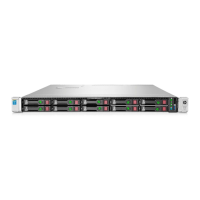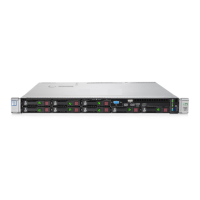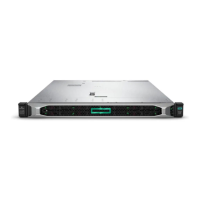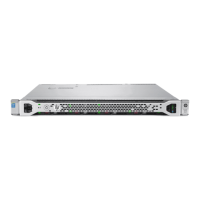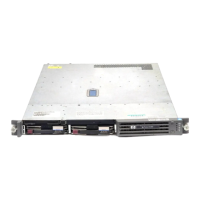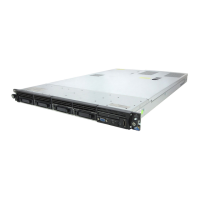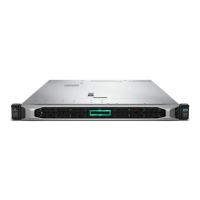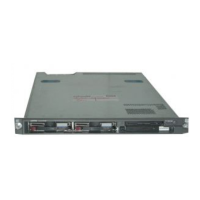1 Introduction
Overview
HP ProLiant Generation 2 and later servers include a configuration utility that is embedded in the
system ROM. This ROM-Based Setup Utility (RBSU) performs a wide range of configuration activities
that may include:
• Configuring system devices and installed options
• Displaying system information
• Selecting the primary boot controller
• Configuring online spare memory
RBSU is available in two interfaces: a menu-driven interface and a BIOS Serial Command Console
(CLI) interface. Depending on the server model, options in the menu-driven interface vary slightly.
Running RBSU
1. To open RBSU, press F9 when prompted during the startup sequence.
NOTE: Depending on your environment, the menu-driven or the CLI interface is displayed.
2. Modify configuration settings as needed.
• To navigate through and modify settings in the menu-driven interface, use the keystrokes
defined in the following table.
ActionKey
Highlight a menu option.Up or down arrow
Select a highlighted menu option.Enter
See online help about a selected menu option.F1
Go back to the previous utility screen.Esc
• To modify settings in the CLI, enter the appropriate commands.
3. When all changes are complete, exit the RBSU and restart the server.
• To exit the menu-driven RBSU, press Esc until the main menu is displayed. Then, at the
main menu, press F10. The server automatically restarts.
• To exit the CLI interface, enter the exit command. Then, restart the server.
Using this guide
RBSU is described as follows in this guide:
• Chapter 1: “Introduction” (page 9)
• Chapter 2: “RBSU menu-driven interface (G7 and later servers)” (page 10)
• Chapter 3: “RBSU menu-driven interface (G6 and earlier servers)” (page 144)
• Chapter 4: “RBSU BIOS Serial Console (CLI)” (page 174)
• Chapter 5: “RBSU configuration flow” (page 185)
• Chapter 6: “ROM-based utilities” (page 188)
Overview 9
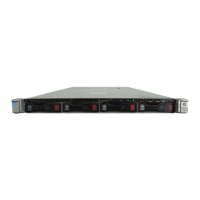
